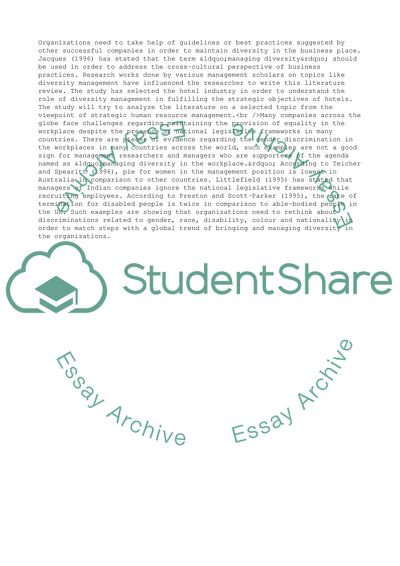Cite this document
(Managing Diversity in Organisations Literature review Example | Topics and Well Written Essays - 1500 words - 1, n.d.)
Managing Diversity in Organisations Literature review Example | Topics and Well Written Essays - 1500 words - 1. https://studentshare.org/business/1795573-managing-diversity-in-organisations
Managing Diversity in Organisations Literature review Example | Topics and Well Written Essays - 1500 words - 1. https://studentshare.org/business/1795573-managing-diversity-in-organisations
(Managing Diversity in Organisations Literature Review Example | Topics and Well Written Essays - 1500 Words - 1)
Managing Diversity in Organisations Literature Review Example | Topics and Well Written Essays - 1500 Words - 1. https://studentshare.org/business/1795573-managing-diversity-in-organisations.
Managing Diversity in Organisations Literature Review Example | Topics and Well Written Essays - 1500 Words - 1. https://studentshare.org/business/1795573-managing-diversity-in-organisations.
“Managing Diversity in Organisations Literature Review Example | Topics and Well Written Essays - 1500 Words - 1”. https://studentshare.org/business/1795573-managing-diversity-in-organisations.


